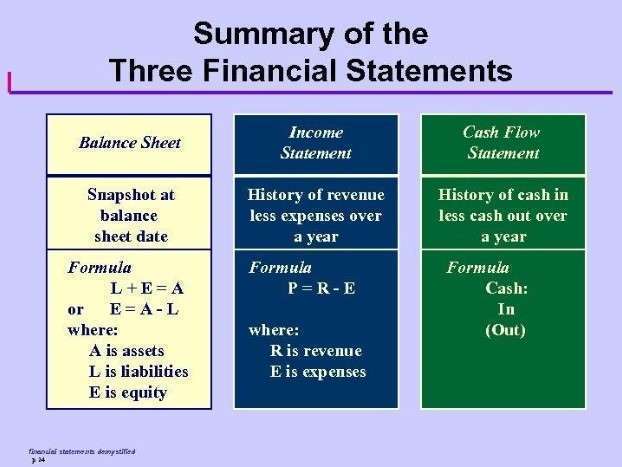
However, the long-term benefit—cleaner air, healthier communities—justifies the law firm chart of accounts investment. Suppose a software company is considering adding a new feature to its product. Simultaneously, the incremental benefit includes increased user satisfaction, potential new customers, and competitive advantage. The company must weigh these incremental costs against the projected revenue from the new product line to decide whether it’s a profitable venture. From a personal finance perspective, incremental cost can be applied to various scenarios.
Incremental cost and its effect on pricing
- While incremental cost focuses on the additional expense of a specific decision, variable cost applies to all production levels and is used in cost-volume-profit (CVP) analysis.
- However, incremental cost refers to the additional cost related to the decision to increase output.
- And the more units sold at marginal cost, the higher its contribution to the net income.
- The cost of each additional unit will be different, and the company must weigh the pros and cons of each option to decide which is best.
- Thus, we see that factors taken into consideration in this concept are those that change with production volume.
Seed funding represents the initial capital raised by a startup to begin developing its product or… In the realm of data analysis and business intelligence, seamless data connectivity stands as a… Founded in 2002, our company has been a trusted resource for readers seeking informative and engaging content.
What Is the Benefit of Incremental Analysis?
- The management must look at the additional cost of producing the products under one roof.
- Incremental costs are relevant in making short-term decisions or choosing between two alternatives, such as whether to accept a special order.
- Incremental Revenue refers to the revenue generated from an additional sales quantity.
- Incremental analysis is a problem-solving method that applies accounting information—with a focus on costs—to strategic decision-making.
- Accurately calculating these costs supports pricing strategies, budgeting, and evaluating potential investments or expansions.
- If no excess capacity is present, additional expenses to consider include investment in new fixed assets, overtime labor costs, and the opportunity cost of lost sales.
Businesses need to find out incremental costs to stay informed about the investment in producing extra units or providing services. It helps businesses to identify profits and losses, which is beneficial in financial management. By analyzing incremental costs, businesses can assess profitability, optimize pricing, and allocate resources efficiently. Even small cost increases can impact long-term financial health, making careful evaluation essential. Incremental cost is how much money it would cost a company to make an additional unit of product.
Applications in Business Decision-Making
- Effective management, such as reducing energy consumption or optimizing maintenance, can lower overhead costs.
- The method incorporates accounting and financial information in the decision-making process and allows for the projection of outcomes for various alternatives and outcomes.
- Incremental costs might include the cost of new equipment, the people to staff the line, electricity to run the line, and additional human resources and benefits.
- Some businessmen hold the view that to make an overall profit, they must make a profit on every job.
- This analysis is also critical for make-or-buy decisions, helping businesses compare the costs of in-house production with outsourcing.
- Therefore, for these 2,000 additional units, the incremental manufacturing cost per unit of product will be an average of $20 ($40,000 divided by 2,000 units).
- For instance, if a company needs to hire and train additional workers to meet demand, these costs become relevant to the decision.
Incremental cost, also known as marginal cost, is the term used to describe the additional costs that go into making one more unit of a good or service. It includes the cost of labor, raw materials, energy, transport, administrative, and marketing expenses for producing an additional unit. Let’s say, as an example, fixed assets that a company is considering increasing its production of goods but needs to understand the incremental costs involved. Below are the current production levels, as well as the added costs of the additional units.

Incremental costs (or marginal costs) help determine the profit maximization point for an organization. If a business is earning more incremental revenue (or marginal revenue) per product than the incremental cost of manufacturing or buying that product, the business earns a profit. Manufactures look at incremental costs when deciding to produce another product. Often times new products can use the same assembly lines and raw materials as currently produced products. Unfortunately, most of the time when manufacturers take on new product lines there are additional costs to manufacture these products.

This metric helps businesses understand how a decision can contribute to covering fixed costs and generating profit. For example, in manufacturing, analyzing the incremental impact of production decisions can significantly influence profitability. Incremental manufacturing costs also inform pricing strategies by helping companies set prices that cover additional expenses while maintaining profit margins.
Costs are determined differently by each organization according to its overhead cost structure. The separation of fixed costs and variable costs and determination of raw material and labor costs also differs from organization to organization. Incremental costs help to determine the profit maximization point for a company or when marginal costs equal marginal revenues. If a business is earning more incremental revenue (or marginal revenue) per product than the incremental cost of manufacturing or buying that incremental cost product, then the business earns a profit.
